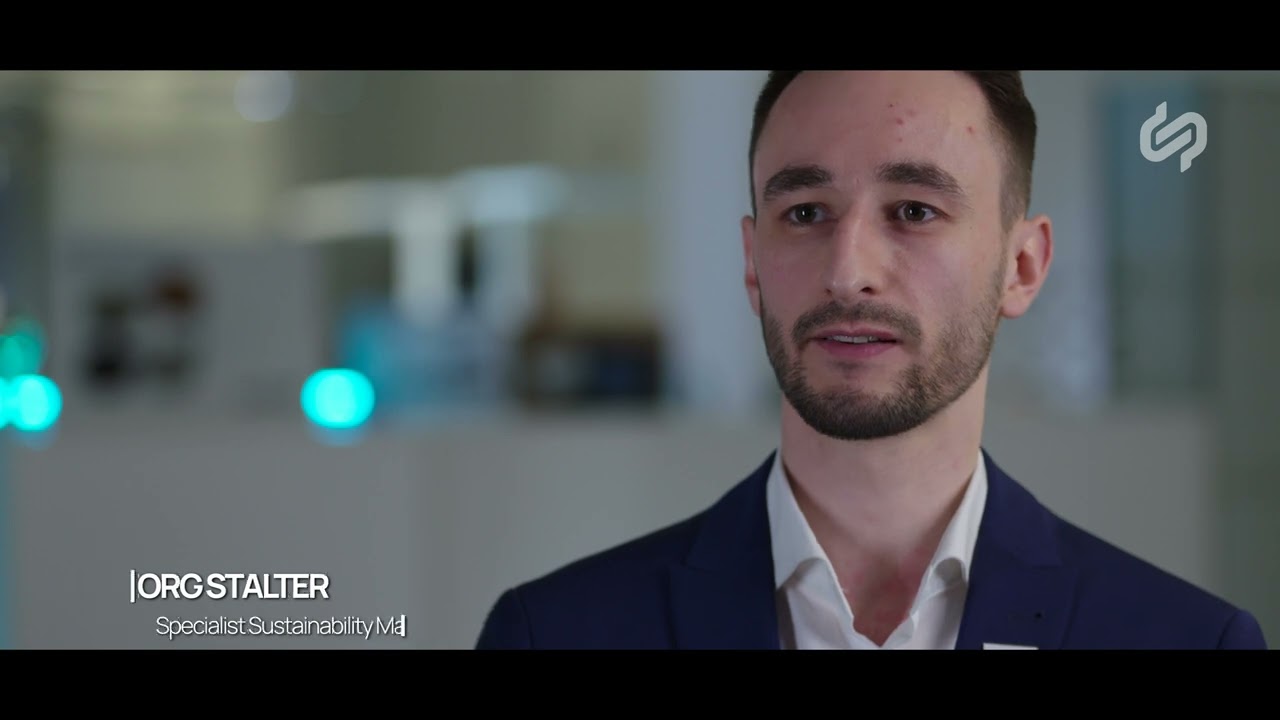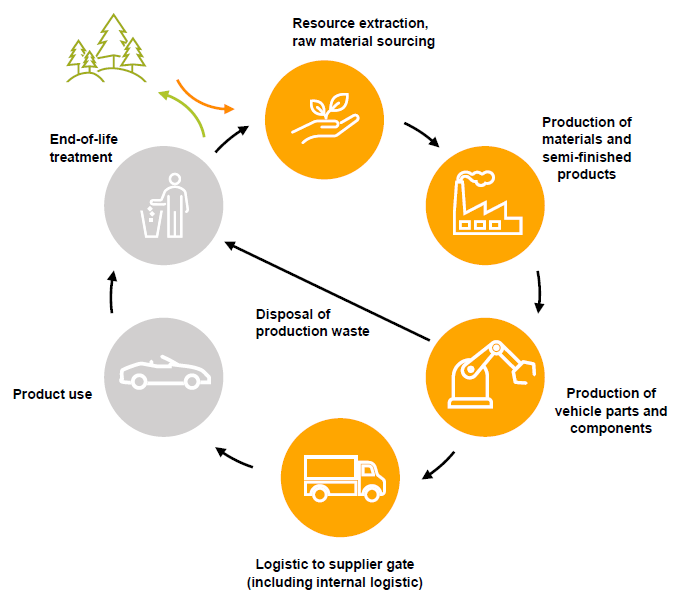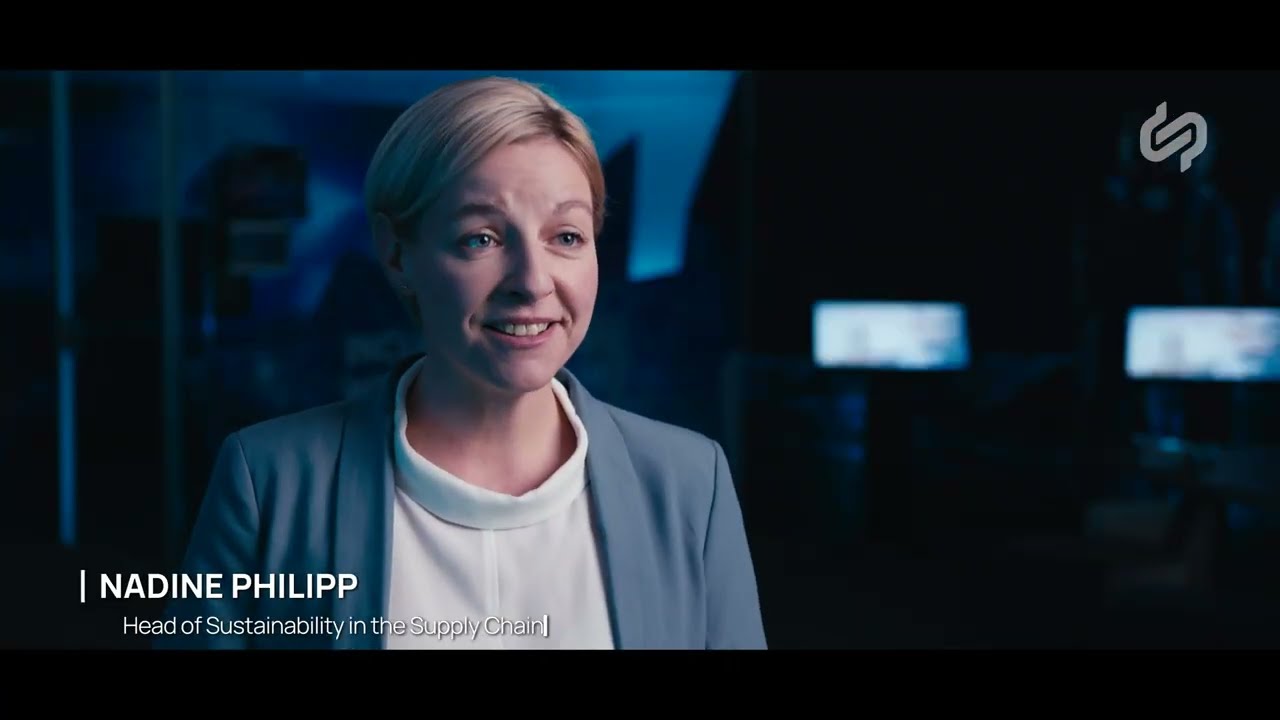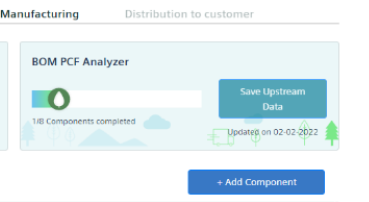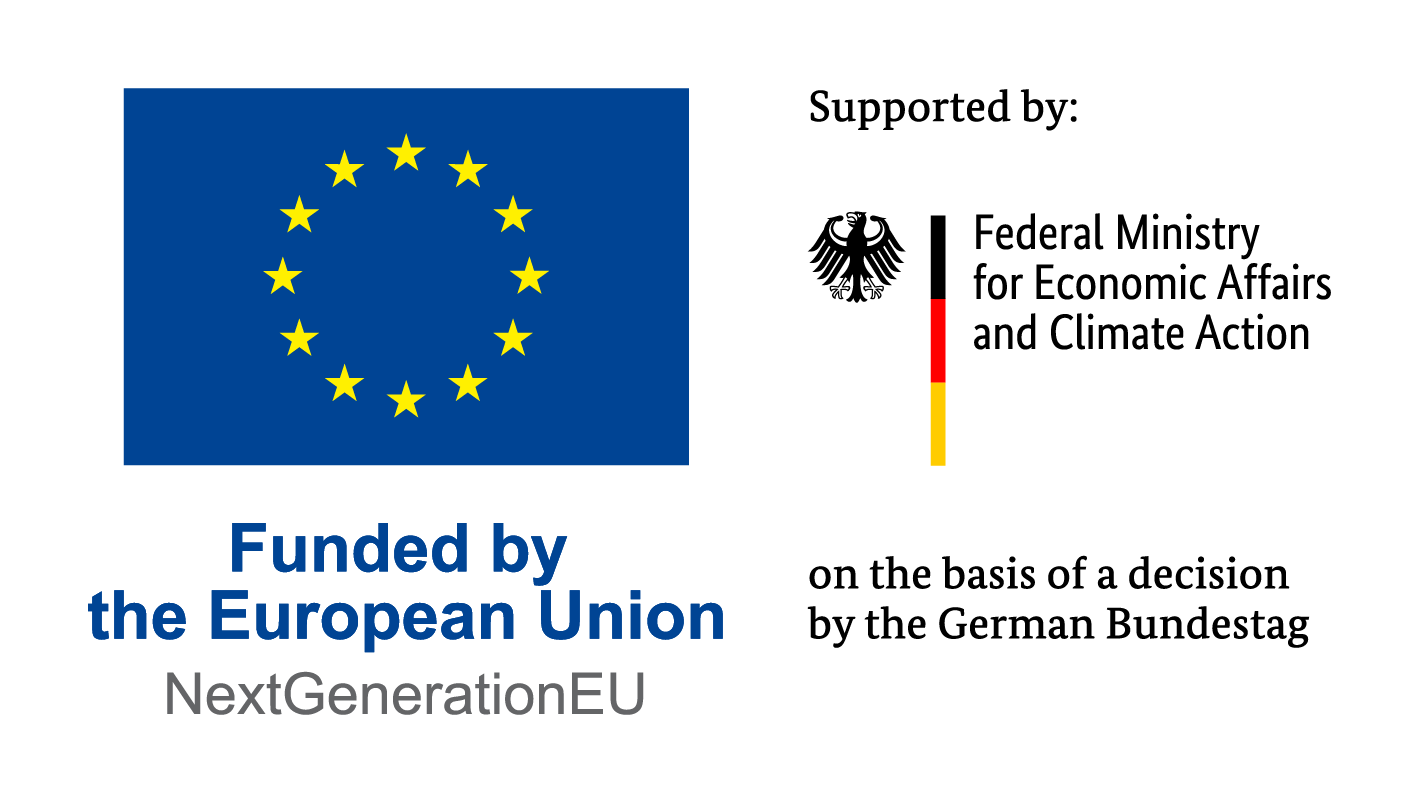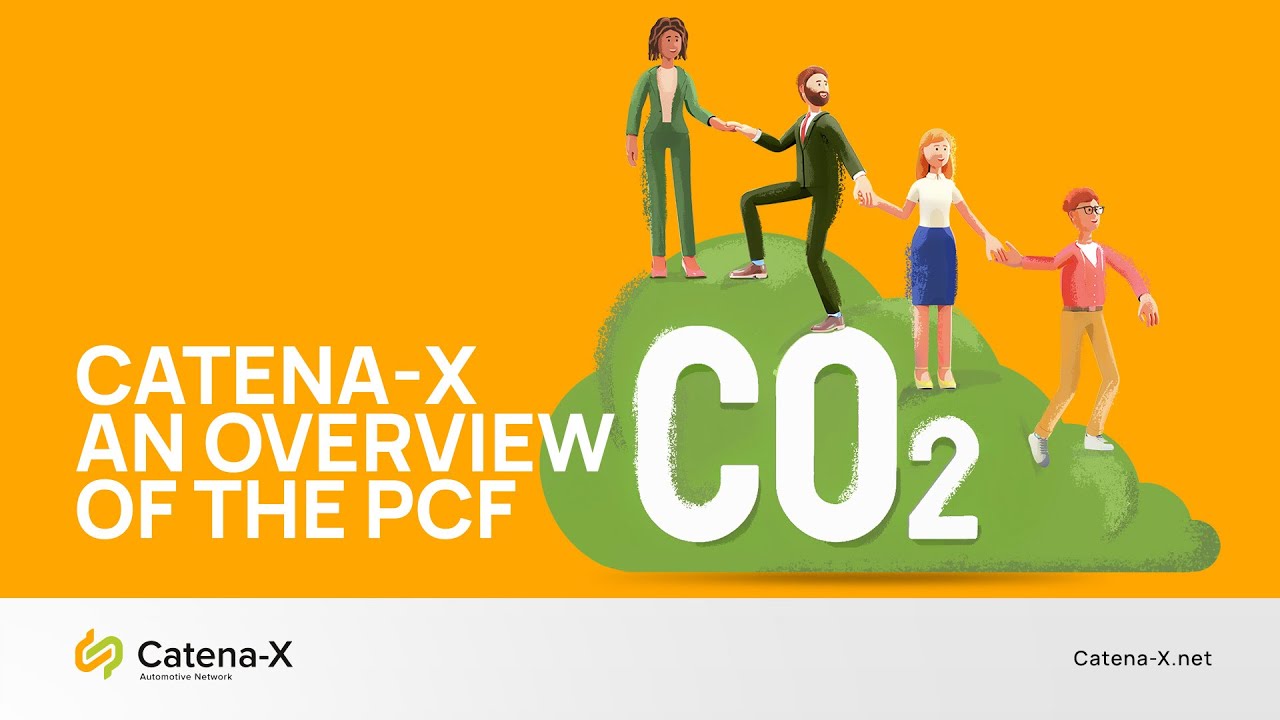Standards and methods for saving carbon dioxide
Sustainability is one of the main topics for Catena-X, thus one use case is dedicated to greenhouse gas emissions. Through software apps and the associated regulations, Catena-X aims to help improve carbon levels across vehicle manufacturing and the supply chain.
In the following video, you can see how we manage to show the real carbon footprint of a door handle. Please activate the English subtitles in the video:
Real carbon data
Climate neutrality is on everybody’s lips. Global warming must be limited to well below 2°C. Industry must also make its contribution: carbon emissions must be drastically reduced over the entire product lifecycles.
One approach is the transformation towards alternative drives such as electric, hydrogen or natural gas. Another is the reduction of emissions arising from the production of components and vehicles – right through to their disposal or recycling. Then existing processes and structures also offer potentials for improvement.
As a rule, companies calculate their carbon footprint on the basis of measurements, past experience and assumptions. The industry average is often used for individual products and summed up over the added value. No uniform procedure is defined, while the respective depth of detail varies in complexity. There is no data available to record an entire product lifecycle that reflects the real processes and location factors over the supply chain.
Carbon footprint rules
A uniform methodology that specifies existing standards and procedures is needed to record and compare carbon data. Catena-X describes this in a carbon-specific set of rules, the “Catena-X Product Carbon Footprint Rulebook.”
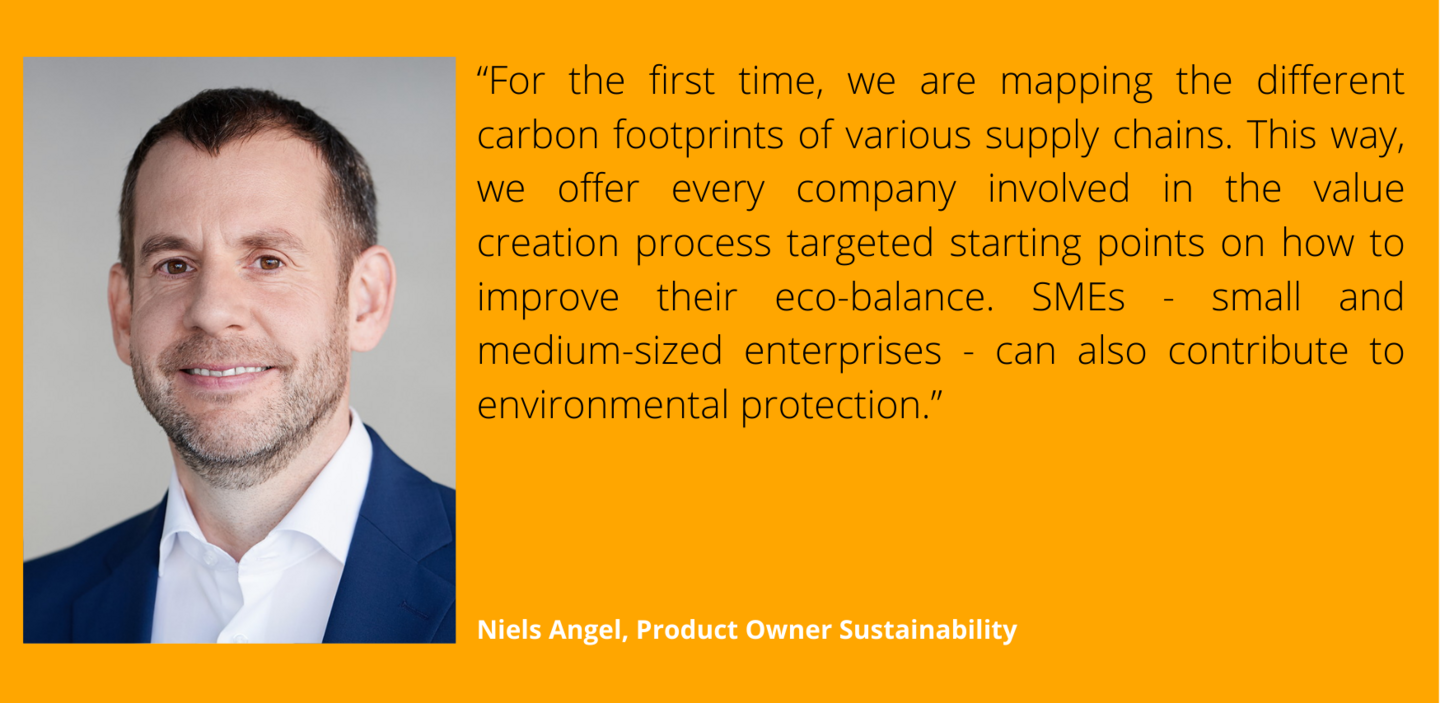
Advantages for everyone involved
All the contents have been developed with stakeholders from technology, industry and associations. Here, the partner is WBCSD, the World Business Council for Sustainable Development, a worldwide business and sustainable development organisation.

Click on the video to watch for yourself who has already tested our solution to calculate the real carbon footprint of a wishbone. Please activate the English subtitles in the video:
Current state of development
By 2023, Catena-X plans to complete the first software apps to enable the precise calculation of carbon emissions from several tiers via the main supplier Tier-1 to the car manufacturer (OEM). An application that is explicitly aimed at SMEs is also being prepared. Registered users will be able to see the most important carbon data in the product range overview. They are also notified of any need for action.
Virtual Expert Forum Sustainability / CO² Management
You would like to dive deeper into the details of the topic "Product Carbon Footprint with Catena-X" and better understand the use case in a short demo? For this purpose we have created the event series virtual expert forums. Here you can find the recording of the event (German):
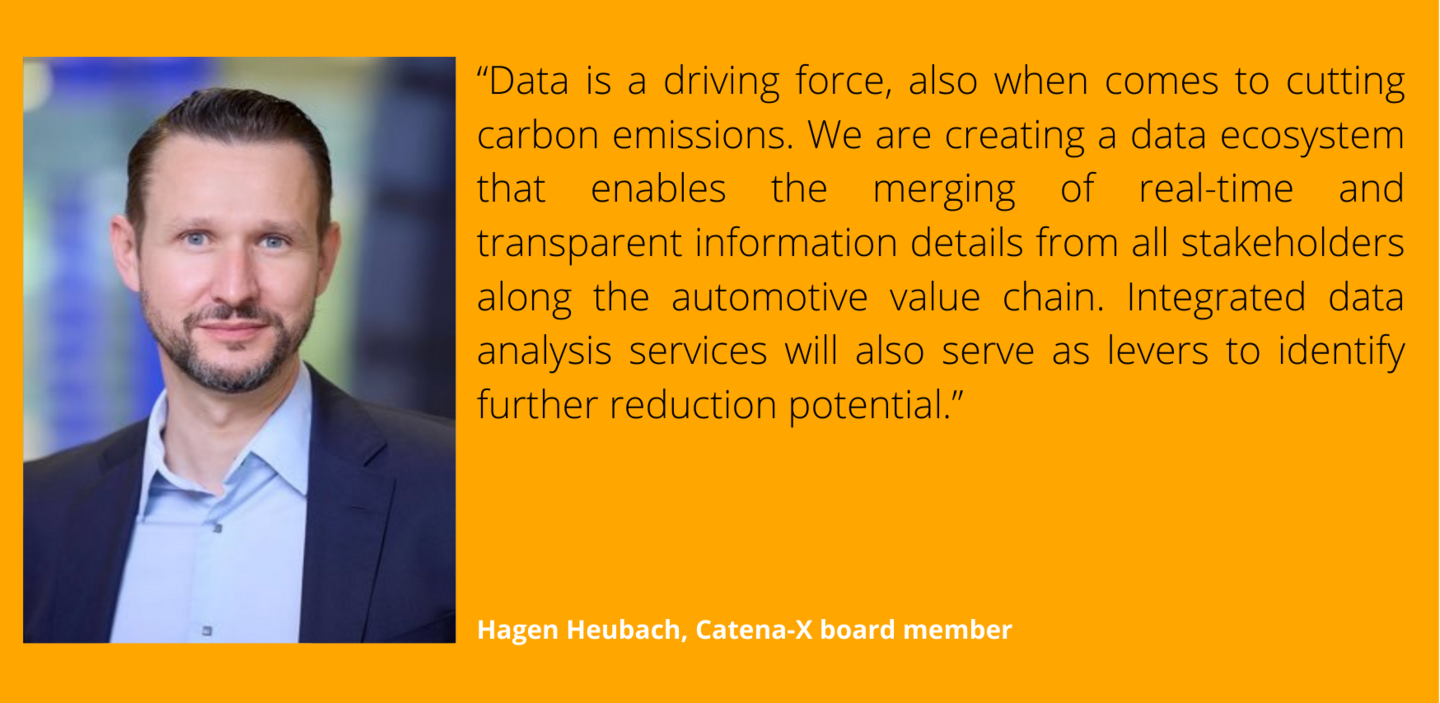
Do you also want to reduce your company’s carbon levels?

Niels Angel
Product Owner
An Overview of Product Carbon Footprint (PCF)
Get an overview of how Catena-X aims to provide a unified methodology for creating, merging and sharing supplier specific PCF data in a more meaningful way:
Decarbonization
Discover in the video from Hannover Messe 2023 which principles we follow in decarbonization and how Catena-X facilitates reporting for companies:
Download available
Use case details-
Englisch
2 MB PDF
Exchange with Catena-X
Participate and become member
